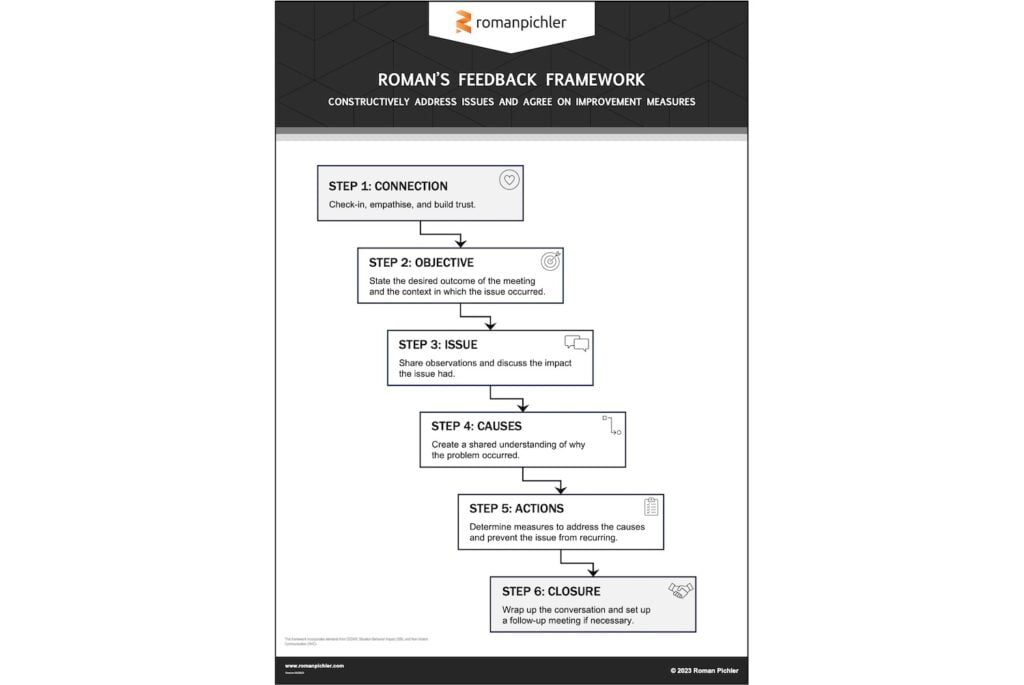
Unlocking the Potential of Flow: Strategies for Reaching Peak Performance
Have you ever found yourself so engrossed in a task that time seemed to vanish, distractions dwindled, and you accomplished more in a few hours than you generally do in an entire day? This phenomenon is referred to as “flow,” a psychological condition characterized by heightened focus, clarity, and productivity. Introduced by psychologist Mihaly Csikszentmihalyi in the 1970s, flow is often likened to a “runner’s high” for mental activities—where actions and awareness converge, making efforts feel nearly effortless.
From software developers crafting flawless code to writers producing pages in one go, individuals who regularly reach flow describe it as refreshing, empowering, and crucial for performing their best work. In fact, a study by McKinsey & Co. indicates that top leaders can be up to 500% more productive when experiencing a flow state.
So, what is flow, why is it significant, and how can you tap into it in your own life? Let’s delve deeper.
What Is Flow?
Flow is a cognitive state where you are completely absorbed and engaged in an activity. It is often coupled with a sense of invigorated focus and pleasure. In this state:
– Time loses its significance.
– The activity itself feels gratifying.
– Interruptions are minimized.
– You achieve total concentration alongside lowered self-consciousness.
Whether you’re coding, creating art, writing, solving problems, or playing chess, flow is the moment when your productivity, creativity, and fulfillment peak.
The Science Behind Flow
Within the brain, flow correlates with heightened dopamine (a feel-good chemical), diminished activity in the prefrontal cortex (which oversees self-regulation and time perception), and unified activity among brain regions involved in focus, motivation, and skill execution.
According to positive psychology, flow is not solely about performance—it also pertains to happiness. Frequent experiences of flow are linked with increased life satisfaction, reduced anxiety, and enhanced overall mental well-being.
6 Practical Strategies to Master Your Flow State
1. Align Your Task With Optimal Energy Levels
Your brain operates on natural rhythms throughout the day. Studies suggest that creative tasks are best undertaken in the early morning when your willpower is at its peak and interruptions are few. Reserve administrative, less demanding work for the afternoon dip.
💡 Tip: Set aside 1–2 hours in the morning as your “flow hours.” Mute notifications, settle in with your coffee or tea, and avoid multitasking.
2. Eliminate Multitasking
While multitasking might seem productive, research indicates it can decrease efficiency by as much as 40% and may even temporarily reduce your IQ. Concentrate on deep work by focusing on a single task with complete attention. Similar to your computer, your brain can only process a limited number of tasks before it crashes.
💡 Tip: Utilize applications like Freedom or Focus@Will to minimize digital distractions and concentrate on one task at a time.
3. Reduce Distractions—Both Internal and External
A tap on the shoulder from a coworker, a Slack notification, or even your own distracting thoughts can disrupt your focus. Research suggests that it takes an average of 23 minutes to regain deep focus after an interruption.
External distractions can be mitigated with “Do Not Disturb” signs, noise-canceling headphones, or working in a secluded environment. For internal distractions, practicing mindfulness or writing down wandering thoughts before you start working can be beneficial.
💡 Tip: Choose tasks that challenge you without overwhelming you. Boredom and anxiety hinder the flow experience.
4. Emphasize Quality Sleep
Flow demands cognitive acuity, emotional control, and quick decision-making—all of which suffer when you’re lacking in sleep. While hustle culture has historically praised minimal sleep, research confirms the necessity of 7–9 hours each night for sustained mental efficiency.
💡 Tip: If you had a late night or restless sleep, refrain from forcing yourself to tackle your most demanding task. Choose lighter work and reset the following morning.
5. Give Your Mind a Break Between Tasks
Just like muscles, your brain requires recovery intervals. Elite athletes incorporate cross-training and rest into their routines, and you should too. Taking regular breaks, enjoying nature walks, practicing yoga, or meditating can enhance your capacity to enter flow later.
💡 Tip: Implement the Pomodoro technique—25 minutes of concentrated work followed by a 5-minute break. Repeat as necessary.
6. Utilize Technology—Consider Neurofeedback with Narbis
Cutting-edge tools like Narbis Smart Glasses are crafted to assist users in boosting their concentration levels. With neurofeedback, the glasses tint when your focus wavers and return to their normal state once your attention is restored. Over time, this trains your brain to remain engaged, facilitating the flow experience.
💡 Tip: Devices like Narbis are particularly beneficial for individuals with ADHD or those looking to rewire their focus habits after prolonged digital distractions.
The Advantages of Flow: Personally and Professionally
Attaining flow